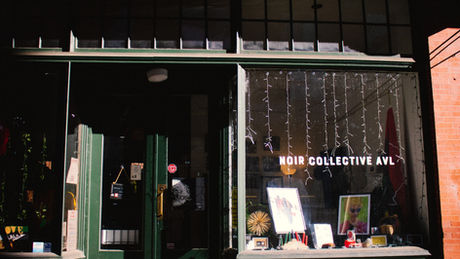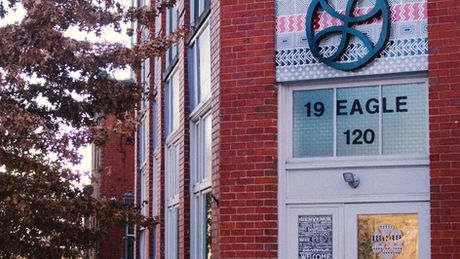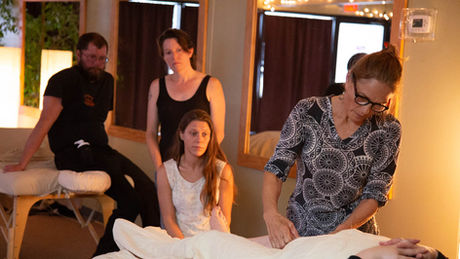.png)
Asheville, NC
Success is to be measured not so much by the position that one has reached in life as by the obstacles which he has overcome while trying to succeed." - Booker T. Washington


About The Block
The Block, nestled in downtown Asheville, NC, holds an important place in history as the center of the African American community for over a century. This neighborhood block, located within the East End/Valley Street community ([link to website]), emerged in the late 19th century as a thriving commercial center for the African American population.Within its vibrant streets, numerous black-owned businesses flourished, ranging from grocery stores, barbershops, and restaurants to bustling nightclubs. These establishments catered to the community's needs and served as essential gathering spots, fostering social connections among residents.
Anchoring the neighborhood's landscape, both in size and historical significance, stands the YMI Cultural Center(formerly known as the Young Men's Institute). Established in 1893, this institution plays a crucial role as a cultural and educational center for Asheville's African American community. The YMI, initially funded through a loan from the Vanderbilt family and constructed by Black tradesmen who contributed to the building of the Biltmore Estate, was eventually purchased by a collective of local black churches. Since its inception, the YMI has served as an anchor for the community, hosting art exhibits, performances, and various cultural events throughout the year.
During the vibrant 1920s and 1930s, The Block emerged as a mecca for music and entertainment. Renowned jazz and blues legends such as Duke Ellington, Louis Armstrong, and Cab Calloway graced the stages of nightclubs within The Block, captivating audiences with their remarkable talents. The neighborhood also thrived in its theater scene, boasting multiple venues showcasing movies and live performances.
However, the 1960s marked a turning point for The Block. Its decline began with the construction of the I-240 highway, slicing through the heart of the neighborhood. This was a part of the infamous urban renewal program that the city of Asheville embarked on in an attempt to "revitalize" the urban landscape. This effort to "improve living conditions" and "stimulate economic growth" resulted in what is now accepted to be a racist and harmful erasure of Blackness and displacement of Black people and business. As a result, the Block is one of many neighborhoods that saw disruption. Businesses closed and the social and economic fabric of the Black community weakened. The impact was profound, forcing many businesses to shutter their doors and causing residents to seek better opportunities elsewhere. Nevertheless, amidst this challenging era, pioneers and local leaders like Julia Ray and Earlene McQueen emerged as beacons of hope. Ray is one of the pioneers of Black business owners in Asheville, with establishments on Eagle Street dating back to 1936, including cleaners and a funeral home that she opened with her husband, Jesse Ray. Sr. McQueen's establishments The Ritz, her restaurant, The Del Cardo, her night club, and her boarding house for traveling Black athletes played a crucial role in sustaining The Block's spirit.
Today, the memories of our ancestors inspire the next generation and serve as proof points for the power and the necessity of an intentional and safe space for the Black community. The Block stands as a testament to resilience and adaptation. It serves as an invitation to discovery, a beacon of hope, and an opportunity for restorative economic development. Our neighborhood is home to a diverse group of businesses, including restaurants, churches, art galleries, and retail shops. Serving as a cultural heritage site, The Block remains an indispensable part of Asheville's history and a vibrant hub for Black entrepreneurship, community engagement, and gatherings.


















